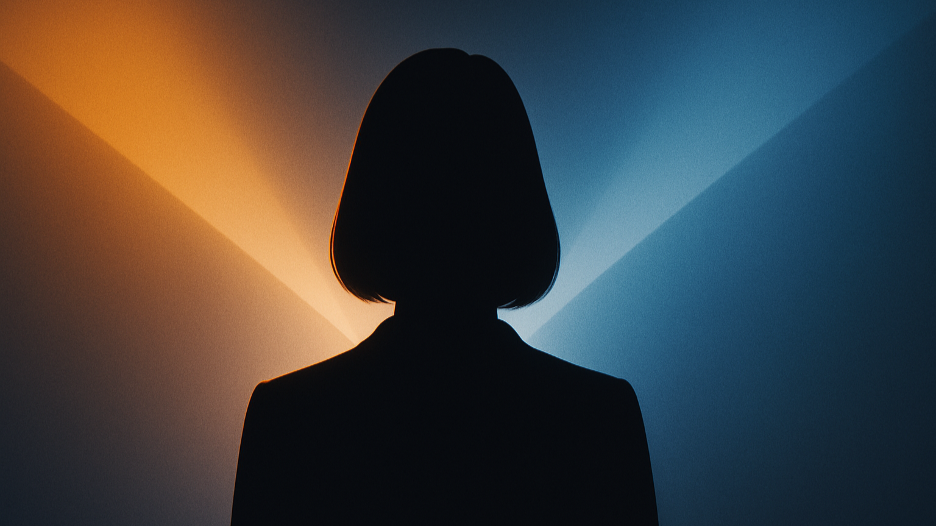Article
The 10 Fatal Flaws of Ineffective Leaders—and How to Overcome Them

When you are the leader a single misstep can derail an entire team, disrupt progress, and diminish morale. While many leaders excel at inspiring and guiding their teams, some fall into patterns of behavior that not only undermine their authority but also corrode the very fabric of their organizations. These are the traits of ineffective leaders—the ones who fail to recognize that leadership is not just about holding power, but about wielding it wisely.
Drawing from my research on 360-degree feedback from nearly 2,000 executives across various industries worldwide, I've identified the most common and detrimental characteristics that define ineffective leaders. In my previous post, we celebrated the traits of leaders who get results. Today, we delve into the darker side—the habits and behaviors that can turn a leader from a beacon of inspiration into a cautionary tale.
1. Lack of Emotional Control
Problem:
The worst leaders struggle to maintain their composure under pressure. They are prone to losing their temper and having outbursts in stressful situations, creating a hostile work environment. This behavior undermines their credibility, sets a negative tone, and can lead to a breakdown in communication and trust within the team.
What to Learn/Change:
Worst leaders need to develop emotional intelligence, particularly in managing their emotions under stress. Best leaders maintain composure and a positive outlook, even in difficult situations. They are emotionally stable and use their calm demeanor to de-escalate conflicts and maintain a productive environment. To improve, worst leaders should practice mindfulness, stress management techniques, and active listening to better control their emotional responses and set a positive tone for their team.
2. Inconsistent Assertiveness
Problem:
Worst leaders are often inconsistently assertive, either failing to stand up for their team or becoming overly aggressive and disregarding the rights and feelings of others. This inconsistency creates confusion and resentment within the team, leading to a lack of cohesion and collaboration.
What to Learn/Change:
Worst leaders must find a balance between being assertive and respectful. Best leaders are consistently assertive in a way that respects others’ opinions and encourages open dialogue. They know when to stand firm and when to adapt their approach based on the context. Developing self-awareness and empathy is crucial for worst leaders to ensure their assertiveness is consistent and constructive, rather than aggressive or passive.
3. Poor Communication Skills
Problem:
Ineffective leaders struggle with clear and transparent communication. They may fail to articulate expectations, provide necessary feedback, or engage in meaningful dialogue. This lack of effective communication leads to misunderstandings, missed opportunities, and disorganization, further damaging trust and credibility.
What to Learn/Change:
Worst leaders need to enhance their communication skills by being clear, transparent, and consistent. Best leaders excel in communication by effectively articulating their vision, expectations, and feedback, ensuring everyone is aligned and informed. To improve, worst leaders should focus on conveying messages clearly, actively listening to their team, and fostering an environment where open communication is encouraged.
4. Micromanagement
Problem:
Worst leaders tend to micromanage, stifling their team’s creativity and autonomy. By failing to delegate tasks effectively and controlling every detail, they demoralize team members, reducing their sense of ownership and accountability, which ultimately hampers productivity and innovation.
What to Learn/Change:
Worst leaders should learn to delegate effectively and trust their team’s capabilities. Best leaders empower their teams by delegating responsibilities and providing the autonomy needed to succeed. They focus on the big picture rather than controlling every detail.
Worst leaders need to practice letting go of control, offering guidance when needed, but allowing their team members to take ownership of their tasks, fostering growth and innovation.
5. Inability to Inspire or Motivate
Problem:
The worst leaders often fail to inspire or motivate their teams. They may lack the vision, enthusiasm, or energy needed to rally their team around a common goal. This results in disengagement, decreased productivity, and a lack of commitment to organizational objectives.
What to Learn/Change:
Worst leaders must develop the ability to inspire and motivate their teams. Best leaders are passionate and enthusiastic, using their energy to rally their teams around a shared vision. They recognize individual contributions and celebrate successes. Worst leaders should work on connecting their team’s work to a larger purpose, showing genuine appreciation for their efforts, and creating a positive, motivating work environment.
6. Ego-Centric Behavior
Problem:
Worst leaders are often overly concerned with their own image, power, or success, frequently at the expense of their team. They may take credit for their team’s work, blame others for failures, and make decisions based primarily on self-interest. This behavior fosters resentment and disengagement, damaging team morale and trust.
What to Learn/Change:
Worst leaders need to shift their focus from themselves to their team. Best leaders prioritize the success of their team over their own ego, often giving credit where it’s due and taking responsibility for failures. Worst leaders should practice humility, putting the team’s needs first and recognizing that leadership is about serving others. This mindset shift can help build trust and loyalty among team members.
7. Avoidance of Accountability
Problem:
Ineffective leaders frequently avoid taking responsibility for their actions, especially when things go wrong. They may shift blame, make excuses, or ignore problems rather than addressing them directly, which creates a culture of fear and mistrust within the team.
What to Learn/Change:
Worst leaders should embrace accountability as a core leadership value. Best leaders hold themselves and their teams accountable, fostering a culture of responsibility and integrity. They are transparent about their actions and decisions, and they address issues head-on. Worst leaders need to develop the habit of acknowledging their mistakes, learning from them, and encouraging a culture of accountability within their team.
8. Resistance to Feedback and Development
Problem:
Worst leaders are often resistant to feedback and unwilling to engage in personal or professional development. They dismiss constructive criticism, refuse to acknowledge their weaknesses, and are generally unwilling to change. This resistance limits their growth and stifles a culture of learning within the team.
What to Learn/Change:
Worst leaders should become more open to feedback and committed to continuous development. Best leaders actively seek out feedback and use it as a tool for growth. They understand that leadership is an ongoing learning process. Worst leaders should cultivate a growth mindset, regularly soliciting input from others, reflecting on their performance, and making necessary adjustments to improve their leadership effectiveness.
9. Failure to Build Relationships
Problem:
Poor leaders often neglect the importance of building strong, positive relationships with their team members. They may be aloof, unapproachable, or indifferent to the needs of their employees. This lack of relationship-building leads to a lack of trust, poor teamwork, and disengagement.
What to Learn/Change:
Worst leaders must prioritize building strong, positive relationships with their team members. Best leaders invest time in understanding their team, showing empathy, and fostering a collaborative environment. They are approachable and genuinely care about their team’s well-being. Worst leaders should work on developing their interpersonal skills, being more available to their team, and creating an inclusive, supportive culture where everyone feels valued.
10. Inflexibility and Rigidity
Problem:
Worst leaders are often inflexible and rigid in their approach, refusing to adapt to changing circumstances or consider alternative perspectives. This rigidity stifles innovation, creates frustration, and leads to poor decision-making, as these leaders are unable to pivot when necessary.
What to Learn/Change:
Worst leaders need to adopt a more flexible and adaptable approach to leadership. Best leaders are open to change, willing to pivot when necessary, and consider alternative perspectives. They are not rigid in their thinking but are instead innovative and responsive to new information and challenges. Worst leaders should practice being more open-minded, learning to adapt their strategies as needed, and encouraging their team to be innovative and proactive in problem-solving.
share this
Related Articles
Related Articles





